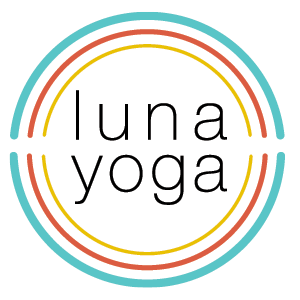Colourful Eating for Spring
Colourful Eating for Spring
blog image from www.happyhealthycouple.com
Spring can be a fresh start for your nutrition. With a little more blue in the sky and green on the ground, it's a good time to think about your nutrition in terms of colours as well. The vitamins and minerals that are found in plants are visible through their colours, so start thinking about your plate as a rainbow. A good rule of thumb is to include at least 2 colours on every plate so that over the day you eat from all of the various groups. There are seven key colours for plant-based foods, each of which provides different key elements for health.
Blue/Purple
The darker the blue hue, the higher the phytochemical concentration. Anthocyanins are antioxidants that are particularly heart healthy and may help support healthy blood pressure. They may also help lower risk of cancer.
Examples: Eggplant (especially the skin), blueberries, blackberries, prunes, plums, pomegranates
Green
The natural plant pigment chlorophyll colors green fruits and vegetables.
Green vegetables are excellent sources of vitamin K, folic acid, potassium, as well as carotenoids and omega-3 fatty acids. Folic acid is needed to prevent neural tube defects during pregnancy, and vitamin K is essential in blood clot formation. Diets high in potassium are associated with lowering blood pressure, and there is an inverse relationship between cruciferous vegetables and cancer, especially colon and bladder cancers.
Yellow/Green
These foods are high in lutein, beneficial for eye health, and vitamin C, a powerful antioxidant. One surprise example is a pistachio, due to it's green-hued skin.
Red
Lycopene is the predominant pigment in reddish fruits and veggies. It is a powerful antioxidant that has been associated with a reduced risk of some cancers, especially prostate cancer, and protection against heart attacks. Folate and vitamin C are also found here.
Yellow/Orange & Orange
Beta-cryptoxanthin, beta-carotene, and alpha-carotene are all orange-friendly carotenoids and can be converted in the body to vitamin A, a nutrient integral for vision and immune function, as well as skin and bone health. In addition, they may have high levels of vitamin C, and some contain omega-3 fatty acids. They may also reduce the risk of heart disease and improve immune function,” she says.
White/Beige
Flavonoids are for the most part colourless. These are powerful antioxidants, and help the body to counteract free-radical formation. When free-radical damage goes unchecked, it can cause significant damage to body cells and tissues.
Take-away message:
The benefits of eating produce are not dependent on eating raw foods. In fact, cooking enhances the activity of some phytochemicals, such as lycopene. Obtaining optimal benefit from the nutrients in food, especially produce, depends on proper selection, storage, and cooking of the produce. So enjoy a full rainbow of plant-based foods, and don't worry so much about their combinations or preparation methods. Find recipes you love to carry you through the seasons and benefit from the wellness this can bring.
Recipe suggestion: http://ohsheglows.com/2013/07/01/rad-rainbow-raw-pad-thai/
References:
http://www.todaysdietitian.com/newarchives/110308p34.shtml
http://healthyeating.sfgate.com/benefits-eating-multiple-colored-fruits-vegetables-4676.html
https://www.foodinsight.org/Eat_a_Rainbow_Functional_Foods_and_Their_Colorful_Components
To find out about Vegan Nutrition and ask Andrea any of your nutrition related questions, come to her Vegan Nutrition workshop Monday, April 30th from 7:30-8:30pm.

